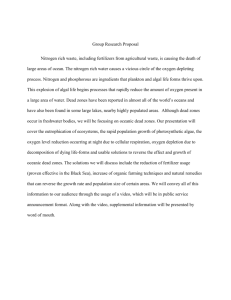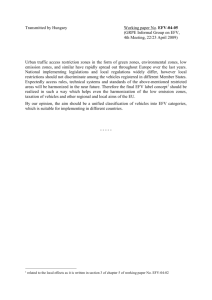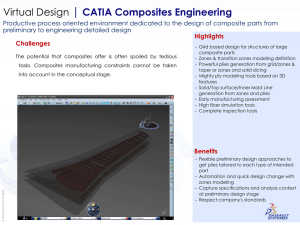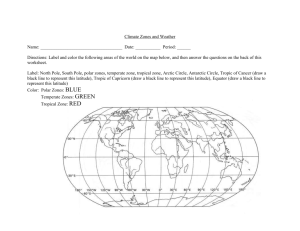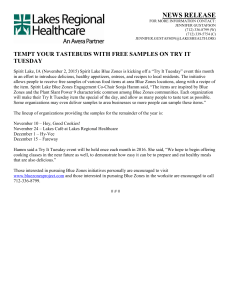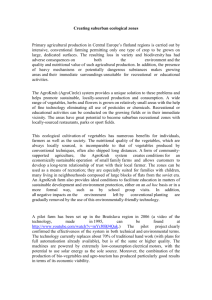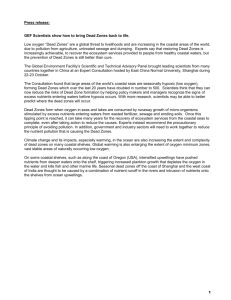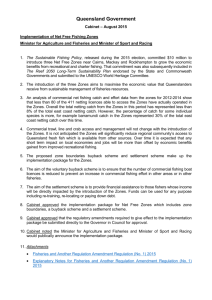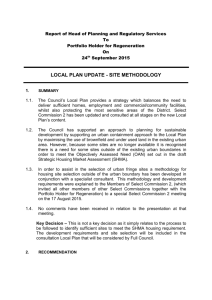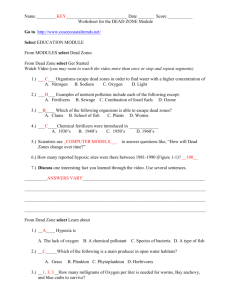Project Title: Transportation Efficient Land Use Mapping Index
advertisement
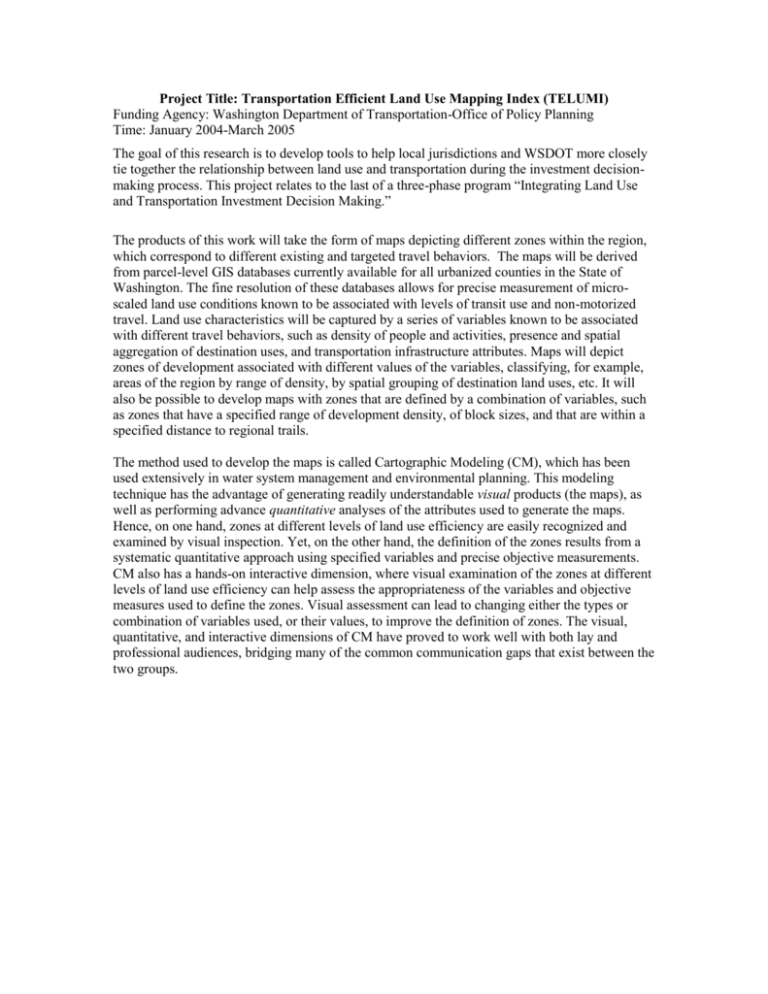
Project Title: Transportation Efficient Land Use Mapping Index (TELUMI) Funding Agency: Washington Department of Transportation-Office of Policy Planning Time: January 2004-March 2005 The goal of this research is to develop tools to help local jurisdictions and WSDOT more closely tie together the relationship between land use and transportation during the investment decisionmaking process. This project relates to the last of a three-phase program “Integrating Land Use and Transportation Investment Decision Making.” The products of this work will take the form of maps depicting different zones within the region, which correspond to different existing and targeted travel behaviors. The maps will be derived from parcel-level GIS databases currently available for all urbanized counties in the State of Washington. The fine resolution of these databases allows for precise measurement of microscaled land use conditions known to be associated with levels of transit use and non-motorized travel. Land use characteristics will be captured by a series of variables known to be associated with different travel behaviors, such as density of people and activities, presence and spatial aggregation of destination uses, and transportation infrastructure attributes. Maps will depict zones of development associated with different values of the variables, classifying, for example, areas of the region by range of density, by spatial grouping of destination land uses, etc. It will also be possible to develop maps with zones that are defined by a combination of variables, such as zones that have a specified range of development density, of block sizes, and that are within a specified distance to regional trails. The method used to develop the maps is called Cartographic Modeling (CM), which has been used extensively in water system management and environmental planning. This modeling technique has the advantage of generating readily understandable visual products (the maps), as well as performing advance quantitative analyses of the attributes used to generate the maps. Hence, on one hand, zones at different levels of land use efficiency are easily recognized and examined by visual inspection. Yet, on the other hand, the definition of the zones results from a systematic quantitative approach using specified variables and precise objective measurements. CM also has a hands-on interactive dimension, where visual examination of the zones at different levels of land use efficiency can help assess the appropriateness of the variables and objective measures used to define the zones. Visual assessment can lead to changing either the types or combination of variables used, or their values, to improve the definition of zones. The visual, quantitative, and interactive dimensions of CM have proved to work well with both lay and professional audiences, bridging many of the common communication gaps that exist between the two groups.


